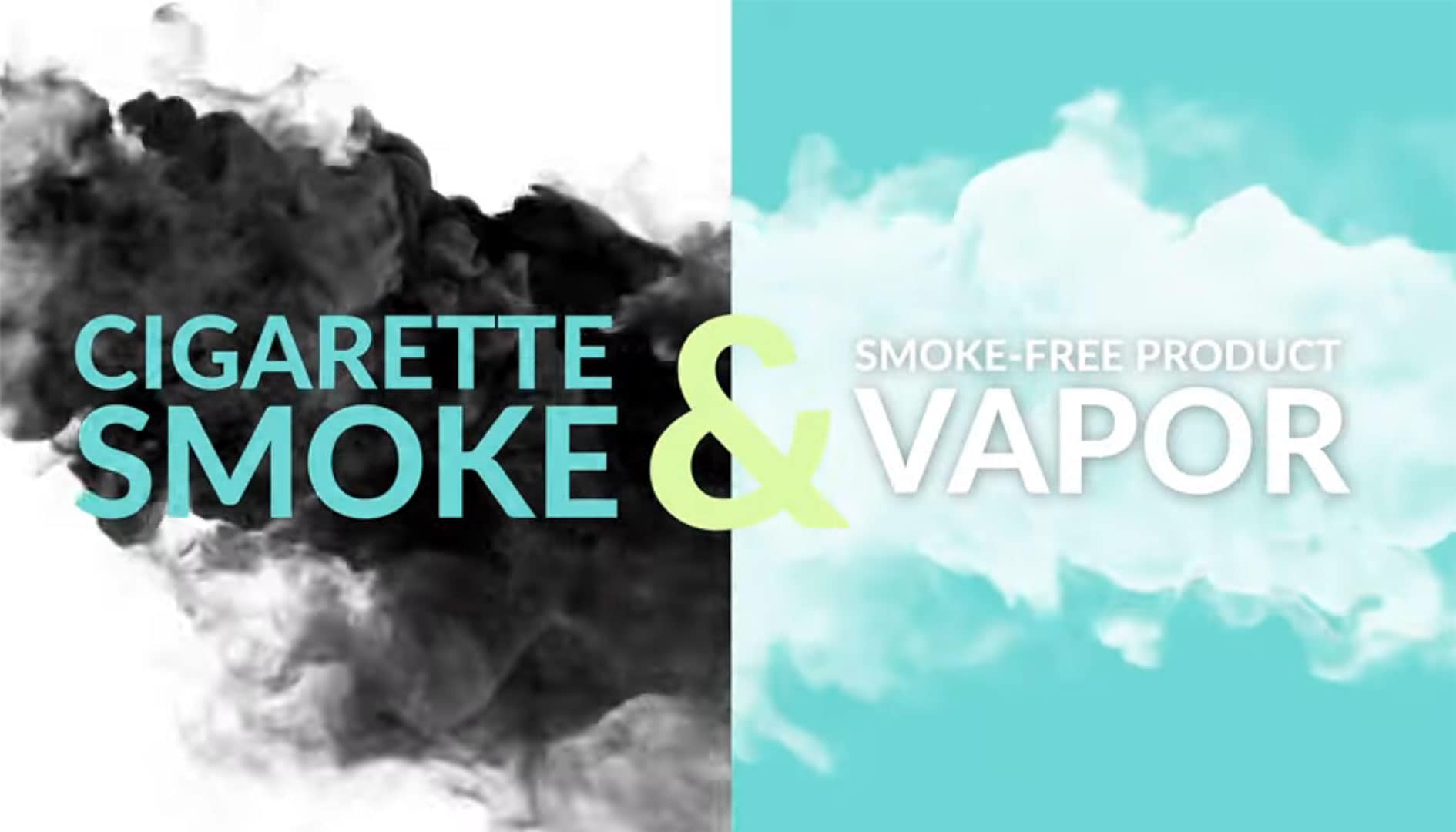The difference between cigarette smoke and vapor from a smoke-free product
You may have noticed a white cloud that comes from using a smoke-free alternative.
But is it the same as smoke?
The Simple Answer?
The simple answer is no.
Cigarette smoke and smoke-free product vapor are fundamentally different.
Let's take a look at what sets them apart.
Cigarette Smoke
Cigarette smoke is produced when tobacco is burned.
The smoke contains solid particles.
It also has high levels of harmful chemicals, many of which are considered the main cause of smoking related diseases.
Vapor
On the other hand, vapor is produced when a user activates a smoke free product like an e-cigarette or a heated tobacco device, by inhaling.
It's not smoke because there is no burning involved and it doesn't contain solid particles.
It should contain much lower levels of harmful chemicals compared to cigarette smoke.
Why does this matter?
Because recognizing the fundamental difference between cigarettes and smoke-free alternatives would be a significant step toward a future without cigarettes.
To find out more visit pmi.com/SmokeVsVapor.



